|
K.C.S.E Biology Q & A - MODEL 2010PP2QN08
Describe how a finned fish such as Tilapia moves in water.
answers
Movement of fish in water is by swimming; It involves forward movement and control of the body position in water; Scales overlapping backwards/mucus/streamlined body shape reduces resistance/friction to enhance forward movement; Forward movement (propulsion) is caused by the tail; The tail is (almost half the length of the body of the fish) to enable it create enough force (to enable the fish to push forward);
Propulsion is achieved when the tail pushes sideways against the water; Sideways movements is brought about by muscles arranged in segmented blocks/myotomes on both sides of vertebral column; The muscles contract alternately causing the vertebral column to swing sideways; When muscle blocks on the right relax and those on the left contract; the body bends to the left side; When the muscles of the left relax and those on the right contract; the body bends to the right; The fish uses its fins to control the position of its body in water, During forward movement paired fins/pectoral and pelvic fins lie flat on the body surface to reduce resistance/friction; To change direction the fish uses the paired fins; Paired fins are also used by fish to change its level in water/control/prevent pitching; The fish spreads out the pectoral and pelvic fins at 90 degree to the body; to enable it to brake; Fish can also use the swim bladder to change its level in water; When the bladder fills up with air the fish becomes lighter/more buoyant; making it to rise in water; When the air leaves the bladder the fish becomes heavier; making it to sink deeper in the water; water currents may cause the sideways swaying of the body of the fish! yawing; Dorsal and ventral fins prevent rolling/yawing;
0 Comments
K.C.S.E Biology Q & A - MODEL 2010PP2QN07
Describe die process of fertilization in flowering plants.
answers
Pollen grains land onto the stigma; and adhere to it as a result of the stigma cells secreting a sticky substance; It absorbs nutrients; and germinates forming a pollen tube; The pollen tube grows down the style to the ovary; deriving nourishment from surrounding tissues; The pollen tube has tube nucleus at the tip; and generative nucleus immediately behind it; As the tube grows downwards into the ovary the generative nucleus divides mitotically; to give rise to two nuclei; which represent the male gametes; The pollen tube penetrates the ovule/embryo sac through the micropyle/chalazza; After the pollen tube enters the embryo sac, the tube/vegetative nucleus breaks down; leaving a clear passage for the entry of the male nuclei;
which enter the embryo sac; where one fuses with the egg cell nucleus; to form a diploid zygote; which develops into an embryo; The other male nucleus fuses with the two polar nuclei; to form a triploid nucleus/primary endosperm nucleus; Which becomes endosperm; This type of fertilization is called double fertilization; K.C.S.E Biology Q & A - MODEL 2010PP2QN06
In an experiment to investigate a certain physiological process, a boiling tube labelled A and a test tube labelled B were covered with cotton wool. The two tubes were simultaneously filled with hot water and fitted with thermometers. The experimental set-up was as in the diagrams below.
Temperature readings were taken at the start and after every two minutes for twenty minutes. The results were as shown in the table below.
(a) Using the same axes, draw graphs of temperature against time.
(b) (i) Work out the rate of heat loss in the boiling tube labelled A and test-tube labelled B between the 5th and 15th minutes. A B (ii) Account for the answers in (b) (i) above. (iii) How does the explanation in (b) (ii) above apply to an elephant and a rat? (c) (i) State the role of the cotton wool in this experiment. , (ii) Name two structures in mammals that play the role stated in (c) (i) above. (d) State three advantages of having constant body temperature in mammals.
ANSWERS
(b) (i) A: 56—48.5 7.5C
7.5C/10 Minutes ; = 0.75C Per Minute; ±0.05 B: 48-34=14C 14C/10 Minutes ; =1.4C Per Minute; ±0.05 (ii) B has a larger surface area to volume ratio; making it to lose heat to the surrounding faster; (the converse is true) (iii) A rat has larger surface area to volume ratio compared to an elephant; making the rat to lose heat at a faster rate than an elephant; (c)(i) Insulation/insulate against heat loss; (to surrounding); (ii) Subcutaneous fat layer / adipose tissue; Fur / hair; . (d) Are active always; (even under very cold conditions) Are able to escape from predators/search for mates/food; (because they are active always) Can survive in a wide variety of habitats: (both cold and hot) K.C.S.E Biology Q & A - MODEL 2010PP2QN05
When pure breeding black guinea pigs were crossed with pure breeding white guinea pigs, the offspring had a coat with black and white patches.
(a) Using letter G to represent the gene for black coat colour and letter H for white coat colour, work out the genotypic ratio of F2. (b) State the phenotypic ratio of F2. (c) (i) Name the term used when two alleles in heterozygous state are fully expressed phenotypically in an organism. (ii) Give an example of a trait in human beings where the condition whose term is named in (c) (i) above expresses itself. K.C.S.E Biology Q & A - MODEL 2010PP2QN04
The diagram below shows how the iris and pupil of a human eye appear under different conditions..
(a) Name the structures labelled X and Y.
X Y (b) (i) State the condition that leads to the change in appearance shown in the diagram labelled B. (ii) Describe the changes that lead to the appearance of the iris and pupil as shown in the diagram labelled B. (iii) What is the significance of the changes described in (b) (ii) above?
ANSWERS
(a) X Pupil;
Y Circular muscles; (b) (i) Dull/dim light/low light intensity; (ii) Circular muscles (in iris) relax; while radial muscles contract; the pupil becomes bigger; allowing more light to enter the eye; (iii) Allows one to visualize objects/see under dim light; K.C.S.E Biology Q & A - MODEL 2010PP2QN03
The diagram below represents a food web in a certain ecosystem.
(a) Name the trophic level occupied by each of the following:
(î) caterpillars; (ii) small insects. (b) From the food web, construct two food chains which end with lizards as a tertiary consumer. (e) (i) Which organisms have the least biomass in this ecosystem? (ii) Explain the answer in (c) (1) above.
ANSWERS
(a) (i) Primary consumers;
(ii) Primary/secondary consumers; (b) Green plants — Caterpillars — Lizards; Decaying leaves —Caterpillars — small insects — Lizards; (e) (i) Hawks; (ii) At each trophic level energy is lost as heat in respiration; and during decomposition; lost in defecation/faeces/ waste products or metabolism/excretion; some parts of organism not eaten e.g. feathers; K.C.S.E Biology Q & A - MODEL 2010PP2QN02
The diagram below shows blood circulation in a mammalian tissue.
(a) Name the parts labelled P and Q.
P . Q . (b) Name the substances that are: (i) required for respiration that move out of capillaries; (ii) removed from tissue cells as a result of respiration. (e) Explain how substances move from blood capillaries into the tissue cells. (d) Name one component of the blood that is not found in the part labelled P.
answers
(a)
P Tissue fluid/intercellular/interstitial fluid/space; Q Venule; (b) (i) Glucose, oxygen; (ii) Carbon (iv) Oxide, water; (c) Blood entering arteriole has a high pressure; the pressure forces water and small solute molecules in blood to go through capillary wall forming tissue fluids; nutrients/oxygen more into the tissue cells by diffusion; (d) Red Blood cells/proteins/platelets; K.C.S.E Biology Q & A - MODEL 2010PP2QN01
In an experiment, disinfected soaked bean seeds were put in a vacuum flask which was then fitted with a thermometer as shown in the diagram below.
The temperature readings were taken every morning for three consecutive days.
(a) Which process was being investigated? (b) (i) What were the expected results? (ii) Account for the answer in (b)(i) above, (c) Why were the seeds disinfected? (d) Why was a vacuum flask used in the set-up? (e) How would a control for this experiment be set?
answers
(a) Respiration;
(b) (i) Increase/rise in thermometer reading/temperature; (ii) Carbohydrates/starch/glucose in germinating seeds is broken down/oxidised to get energy; some of the energy is released as heat; (which increases temperature reading). (c) To kill bacteria/fungi/microorganisms; that would cause decay/decomposition/respiration of the beans; (d) To conserve heat/prevent heat loss to surroundings; (e) Use similar set-up but with dead and disinfected beans seeds/ use dead disinfected bean seeds/use dry bean seeds;
K.C.S.E Biology Q & A - MODEL 2010PP1QN30
What is meant by the term apical dominance?
answer
K.C.S.E Biology Q & A - MODEL 2010PP1QN29
The diagram below represents a female cone.
(a) Name the subdivision of the plant from which the cone was obtained.
(b) Other than the presence of cones, name two other external features that identify plants in the subdivision named in (a) above.
answer
(a) Gymnospermae;
(b) Needle-like leaves (with waxy cuticle); Naked seeds;
K.C.S.E Biology Q & A - MODEL 2010PP1QN28
State three structural differences between arteries and veins.
answers
K.C.S.E Biology Q & A - MODEL 2010PP1QN27
Give an example of a genetic disorder caused by:
(i) non-disjunction; (ii) gene mutation.
answers
(i) Down’s syndrome/Turner’s syndrome/Klinefelter’s syndrome;
(ii) Albinism/single cell anaemia/haemophilia/colour blindness;
K.C.S.E Biology Q & A - MODEL 2010PP1QN27
What is meant by the term non-disjunction?
answer
K.C.S.E Biology Q & A - MODEL 2010PP1QN26
State one survival value for each of the following in plants:
(a) Thigmotropism in stems; (b) Geotropism in roots.
answers
(a) Provides support;
Enables plants to grow towards light; Any one (b) In search of nutrients Anchorage;
K.C.S.E Biology Q & A - MODEL 2010PP1QN25
State three factors that contribute to the deceleration phase in the population curve of an organism.
answers
K.C.S.E Biology Q & A - MODEL 2010PP1QN24
Why is Lamark’s theory not acceptable?
answer
K.C.S.E Biology Q & A - MODEL 2010PP1QN24
State two ideas proposed by Lamark in his theory of evolution.
answers
K.C.S.E Biology Q & A - MODEL 2010PP1QN23
Explain three ways in which red blood cells are adapted to their function.
answers
K.C.S.E Biology Q & A - MODEL 2010PP1QN22
What is the function of the following structures in the human reproductive organs?
(a) Fallopian tubes. (b) Epididymis. (c) Scrotal sac.
answers
(a) Passage of ova;
(b) Storage of sperms; (c) Hold the testis; K.C.S.E Biology Q & A - MODEL 2010PP1QN21
The diagram below represents part of the human skeleton.
(a) Name the part labelled P.
(b) (i) Name the bone that articulates with the part labelled Q. (ii) What type of joint is formed between the part labelled Q and the bone named in (b)(i) above? .
answers
(a) P sutures;
(b) (i) Atlas; (ii) Hinge joint;
K.C.S.E Biology Q & A - MODEL 2010PP1QN20
State two advantages of internal fertilization in humans.
answers
K.C.S.E Biology Q & A - MODEL 2010PP1QN19
State the changes that occur in arterioles in the human skin during thermoregulation.
answers
K.C.S.E Biology Q & A - MODEL 2010PP1QN18
Give two reasons why animals have specialised organs for excretion as compared to plants.
answers
K.C.S.E Biology Q & A - MODEL 2010PP1QN17
The following is the dental formula of a certain mammal:
(a) State the likely mode of feeding for the mammal.
(b) Give a reason for your answer in (a) above.
answers
(a) Herbivorous;
(b) Lack canines on upper Jaw/lack incisors on upper jaws;
K.C.S.E Biology Q & A - MODEL 2010PP1QN16
What is the role of bile salts in digestion in humans?
answers
|
Archives
December 2024
Categories
All
TOPICSFORM 1
Form 2
Form 3
Form 4
|
Can't find what you are looking for? Don't worry, Use the Search Box Below.
|
Primary Resources
College Resources
|
Secondary Resources
|
Contact Us
Manyam Franchise
P.O Box 1189 - 40200 Kisii Tel: 0728 450 424 Tel: 0738 619 279 E-mail - sales@manyamfranchise.com |

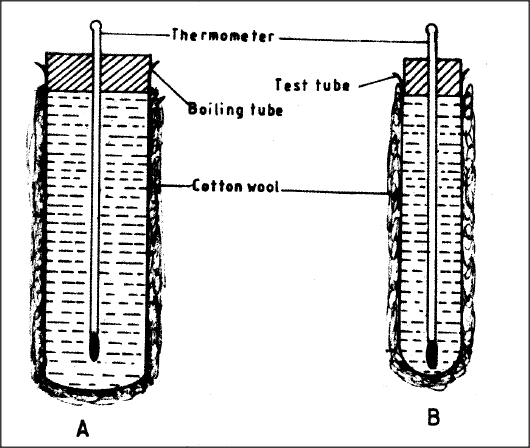
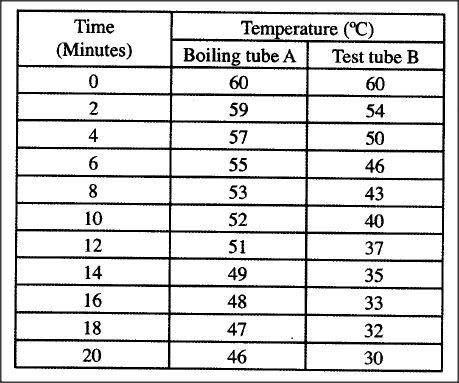
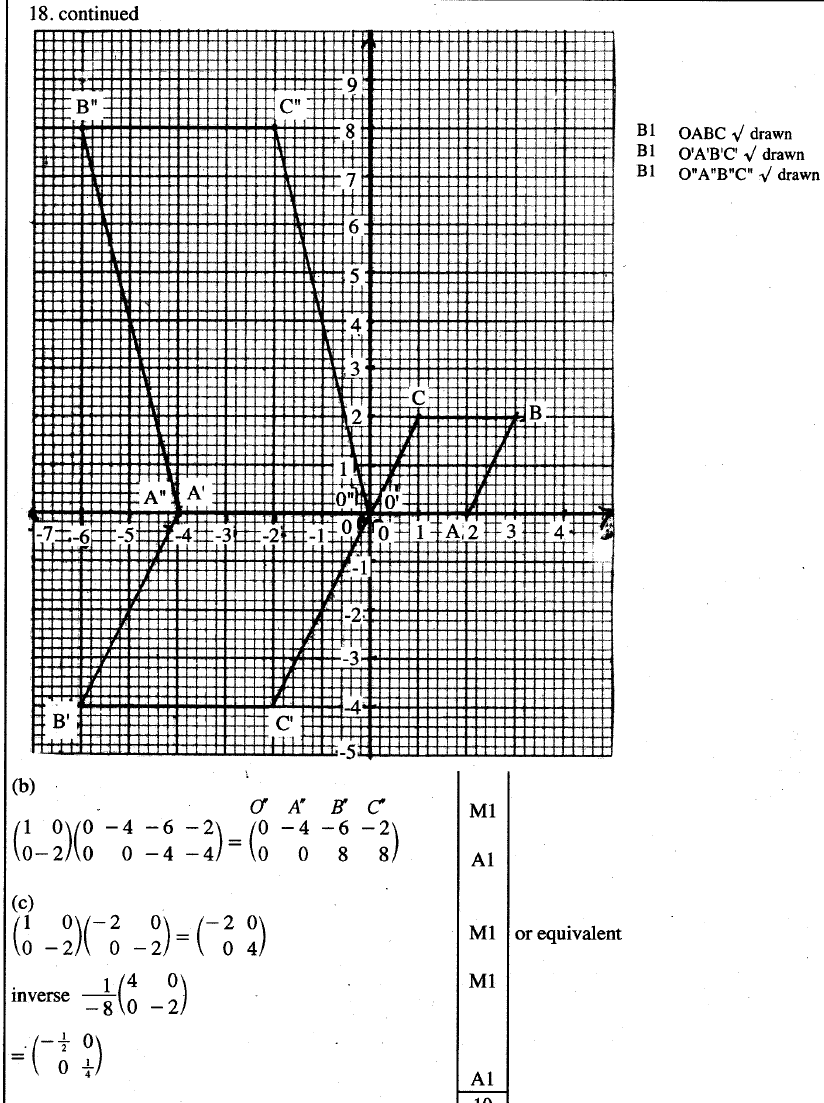

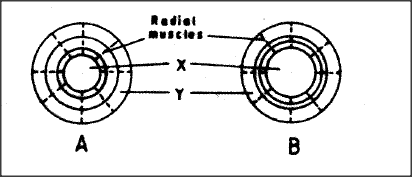

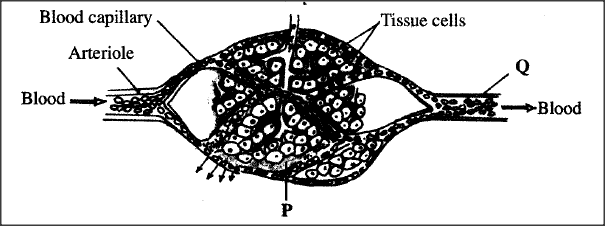
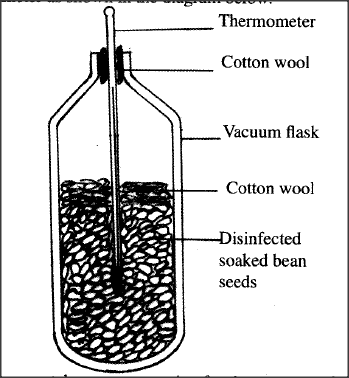
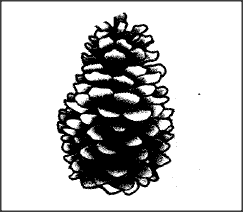









 RSS Feed
RSS Feed

